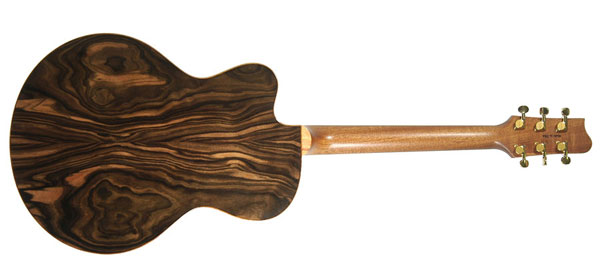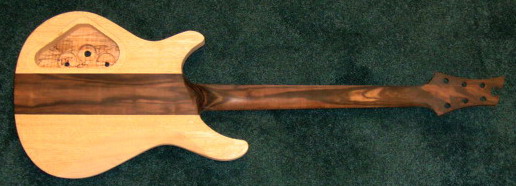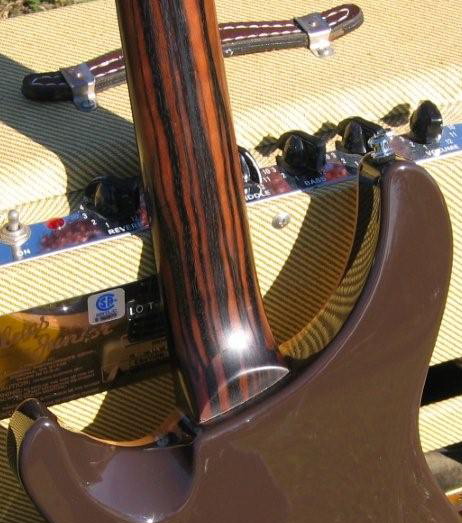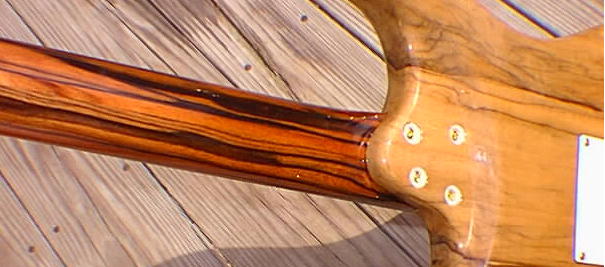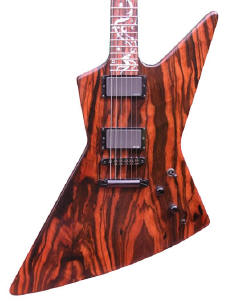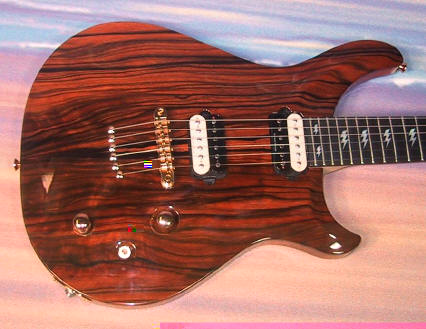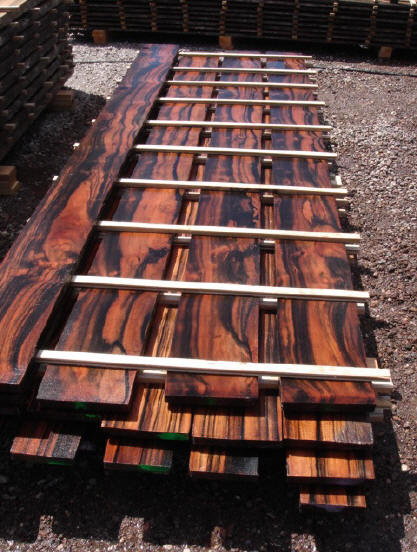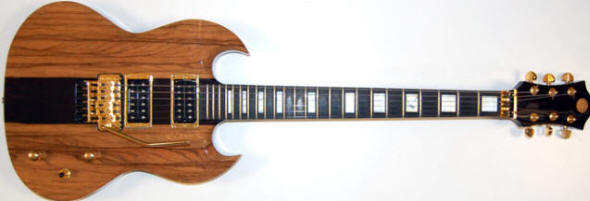Just read your
section on “old wood” on your website, and wanted to offer my two
cents. I’ve always held the assumption that old wood must be better
for guitar building, because it’s denser than modern wood. But I’ve
never built a guitar don’t have any expertise there, so I can’t
speak to the quality of “old wood” for guitar construction. But I’m
a professional wildlife biologist, and have studied forested
wildlife habitat and its development extensively. So let me give
you a new perspective on “old wood”. Here’s how “old wood” gets
that way, and the reasons for its greater density than modern wood.
The physical
structure of forests worldwide has changed over the centuries. To
greatly oversimplify a complex situation that varies from one
ecosystem to another, forests used to consist of much larger, older
trees more widely spaced, not denser, than they are today. Trees of
many species grow rapidly in early life and slow down greatly as
they get older. Rapid growth leads to widely spaced growth rings,
and thus less dense, less resonant wood. A maple, for instance,
might grow quite rapidly for the first 50 years or so, and grow to a
respectable size laying down relatively thick layers of low-density
wood. But it can live another couple of hundred years beyond that,
growing more slowly, and depositing much thinner, more
closely-spaced layers of dense, resonant wood.
The cellular structure of slow-growing, dense wood is tighter,
with higher content of lignin and other structural proteins, and
that probably lends it more resonance. So “old wood” comes from old
trees.
So why don’t modern
trees produce the same kind of wood? Two reasons. First
&
foremost, they are logged before they get old enough for growth
rates to slow. Since commercial timber harvesting came to North
America with Europeans, we’ve cut the vast majority of the really
old trees. Now that the old trees are cut and timber companies are
trying to harvest timber like a crop, time is money. When the
growth rate of a stand of trees slows down, the rate at which an
acre of land produces more board feet of lumber slows down. It is
more profitable for timber companies to keep the forest in the
fast-growing phase, so they cut it and replant it. Most
commercially logged forests (including our National Forests) are cut
on roughly a 60-year rotation. For similar reasons, less
well-regulated forests, say, in the tropics (mahogany, etc.) are
nowadays cut before they can get old and produce dense, high-quality
wood. The easily accessible 500-year-old, 10-12 foot-thick mahogany
trees were cut years ago. Now all that remains are much younger
trees that are cut as soon as they get to a respectable size.
The other reason
that forests were less densely populated, with larger trees (at
least in temperate coniferous forests) is fire suppression. Before
people started putting out every forest fire as soon as they could,
forest fires were frequent, but low-intensity.
Frequent fires burned up the readily available fuel (brush, dead
limbs, small trees) in the forest under-story. Very young trees
were routinely killed by these frequent, low-intensity fires, so
relatively few trees grew to a size where they had sufficiently
thick bark, and lower branches sufficiently high off the forest
floor, to avoid being killed by fire. So we get a forest structure
consisting of big, old trees spaced widely apart. Every five years
or so, a fire comes through, burns what little fuel has accumulated,
and doesn’t burn hot enough o kill the mature trees. In contrast,
when every fire that might go through a forest is put out, young
trees that would otherwise be killed by fire are allowed to grow,
resulting in a denser forest. Also, fuel loads (brush, dead limbs,
etc.) are allowed to accumulate, so that when a fire does manage to
burn through the forest, it burns much hotter than fires used to.
Instead of a tame little fire creeping through the dry grass at the
base of huge majestic trees with their vulnerable foliage high above
the fire, you have fire burning through dead brush and limbs,
climbing up into the canopy of the forest, killing the trees, and
once again preventing the development of really old, dense wood.
So where can we get
top-quality old wood today? Start sawing up antique furniture!
John Martin
San Diego,
California
